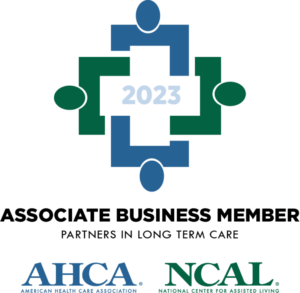Who We Serve
We work alongside HW&Co. accounting and tax professionals to provide our clients a full suite
of CPA and healthcare accounting & consulting services from one trusted firm.
- Skilled Nursing Facilities (SNF)
- Intermediate Care Facilities (ICF-IID)
- Home Health Agencies (HHA)
- Hospices
- Senior Living/Continuing Care Retirement Communities (CCRC)
- Hospitals
- Ancillary Providers (Pharmacy, Therapy, etc.)
- Behavioral Health
- Community Health Centers (CHC)
- Federally Qualified Health Centers (FQHC)
- Surgery Centers
Healthcare Insights
We know you. This is what we do.


























